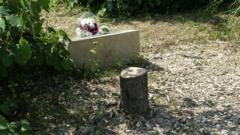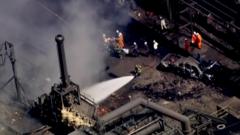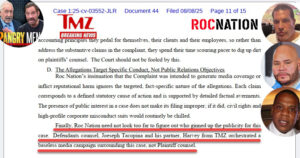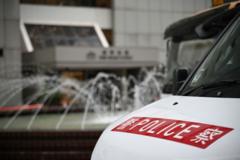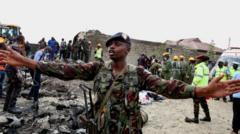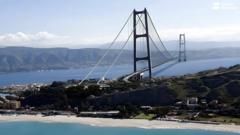The lavish $30 million superyacht Bayesian, owned by British tech entrepreneur Mike Lynch, has been raised from the depths of the Sicilian seabed following a complex salvage operation. The wreck now sits on dry land at the port of Termini Imerese, where Italian prosecutors will conduct forensic examinations to uncover the circumstances surrounding its tragic sinking that resulted in the deaths of seven people, including Lynch and his daughter.
Investigation Underway as Sunken Superyacht Bayesian is Recovered in Sicily
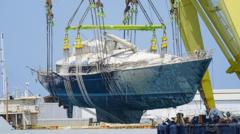
Investigation Underway as Sunken Superyacht Bayesian is Recovered in Sicily
The wreck of the luxurious Bayesian yacht, which sank last summer in a storm, is now on land as authorities begin their investigation.
The salvage effort commenced in May but encountered significant setbacks, including the death of a diver. Following these events, the operation switched to remote-controlled submersibles for safety reasons, delaying the recovery process. The meticulous operation culminated in the yacht being lifted from the water and transported to shore, where it now undergoes urgent inspections. Investigators are seeking to unravel why Bayesian was so dramatically affected by the storm, especially since other smaller vessels in the vicinity survived unharmed.
A previous interim report highlighted potential vulnerabilities in the yacht's design, suggesting that the crew may not have been fully cognizant of the risks posed by its massive mast during high winds. This new phase of the investigation is deemed critical, as legal representatives for the victims believe the examination of the wreck will yield pivotal evidence about how water may have infiltrated the vessel.
As the examination begins, questions loom surrounding potential human error, design flaws, and the choices made by the crew just before the disaster struck. The prosecution aims to determine responsibility for a tragedy that has sparked extensive debate and speculation in maritime circles.
A previous interim report highlighted potential vulnerabilities in the yacht's design, suggesting that the crew may not have been fully cognizant of the risks posed by its massive mast during high winds. This new phase of the investigation is deemed critical, as legal representatives for the victims believe the examination of the wreck will yield pivotal evidence about how water may have infiltrated the vessel.
As the examination begins, questions loom surrounding potential human error, design flaws, and the choices made by the crew just before the disaster struck. The prosecution aims to determine responsibility for a tragedy that has sparked extensive debate and speculation in maritime circles.


